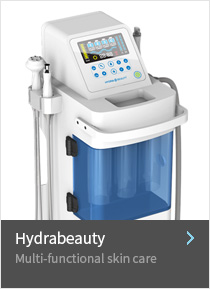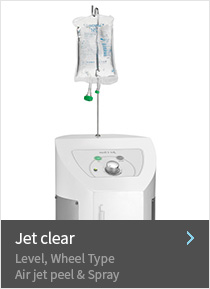Acne treatment
Basic principle : Acne
Acne is a chronic inflammatory disease of pilosebaceous units and the major factors involved in the pathogenesis are increased sebum production, hypercornification of the pilosebaceous duct, abnormality of the microbial flora, especially ductal colonization with Propionibacterium acnes (P. acnes)
and inflammation.
Acne vulgaris is a multifactorial skin disorder of pilosebaceous unit significantly associated with psycho‑social comorbidites. Acne is treated with a variety of topical and oral medications such as antibacterials, antimicrobials and retinoids. (Rai et al., 2013)

How does it work
1) Microdermabrasion
Microdermabrasion is a light cosmetic procedure that uses a mechanical medium for exfoliation to gently remove the outermost layer of dead skin cells from the epidermis. Microdermabrasion is a fairly simple, easy, painless, non-invasive, skin rejuvenation procedure using a combination of solution and vacuum suction applied to the skin.
2) Intense pulsed light
The intense pulsed light (IPL) method emits polychromatic light. The devices contain flash lamps and a computer system controlling the wavelength spectrum, and the pulse duration and intervals. The emitting wavelengths in the blue and red ranges photoactivate porphyrins and target P. acnes growth. In addition, the broad IPL spectrum probably induces photothermolysis of blood vessels abutted to sebaceous glands, leading to a reduction in sebum production.
Reference: Piérard-Franchimont C, Paquet P, Piérard GE. New approaches in light/laser therapies and photodynamic treatment of acne. Expert Opin Pharmacother. 2011 Mar;12(4):493-501.





